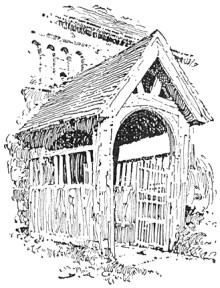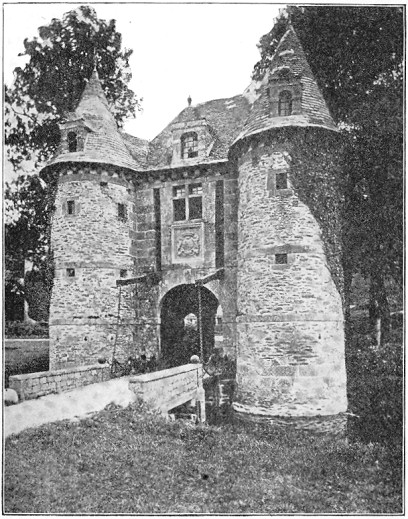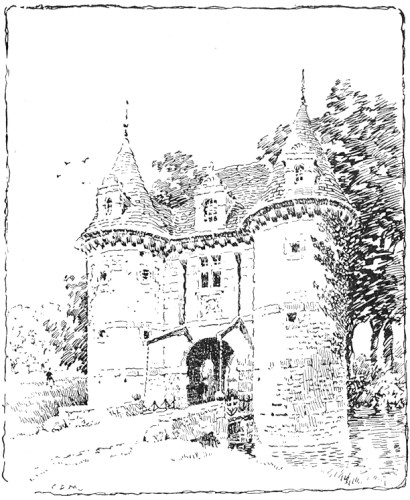 An autumn painting of mine 24 by 30 from 2006. Painted near Jackson, New Hampshire
An autumn painting of mine 24 by 30 from 2006. Painted near Jackson, New HampshireI am proud to have been invited to sit on a panel of speakers at the Boston International Fine Arts Show. If you are in the Boston area come out and say hello.
Boston International Fine Art Show (BIFAS) at the Cyclorama
3-4 pm
Shaping the Present: Realist Art Then and Now
For years, people have been saying realist art is coming back. Judging from its growing visibility and the mushrooming of realist art schools nationwide, it’s more accurate to say it’s here. How are top contemporary realist artists inspired or informed by their historical counterparts? Is it wise to collect today's realist artists when many museums and critics are reluctant to highlight them? Join us for this intriguing panel, moderated by two national magazine editors and popular BIFAS presenters: Joshua Rose of American Art Collector and Peter Trippi of Fine Art Connoisseur.
Panelists
Julie Bangert, Gallery Director, Tree’s Place Gallery, Orleans, Massachusetts
Elizabeth Ives Hunter, Executive Director, Cape Cod Museum of Art
Stapleton Kearns, Artist, New Hampshire
----------------------------------------------------------------------------------------------
I am going to do a couple of book reviews today;
 I buy a lot of art books and recently two of them seemed good enough to recommend. The first is the new book "The Landscapes" by Richard Schmid. Schmid has long been a hero of mine since I found one of his books in the graduate stacks at the University if Minnesota about nearly forty years ago. I thought that no one could paint like that anymore having been led to believe that Philip Pearlstein was the figurative artist of that era. Years later I saw a show of his work at the old Grand Central galleries in New York. I thought it was amazing. I have his book Alla Prima and perhaps I have already recommended that, I think, it is excellent. But being a landscape painter I was excited when I found out that Schmid was putting out a book of just his landscapes. I have always liked his landscapes the best of all of his art. A lot of focus has been placed on his still lives and figures and I am glad that his landscapes will now get their due.
I buy a lot of art books and recently two of them seemed good enough to recommend. The first is the new book "The Landscapes" by Richard Schmid. Schmid has long been a hero of mine since I found one of his books in the graduate stacks at the University if Minnesota about nearly forty years ago. I thought that no one could paint like that anymore having been led to believe that Philip Pearlstein was the figurative artist of that era. Years later I saw a show of his work at the old Grand Central galleries in New York. I thought it was amazing. I have his book Alla Prima and perhaps I have already recommended that, I think, it is excellent. But being a landscape painter I was excited when I found out that Schmid was putting out a book of just his landscapes. I have always liked his landscapes the best of all of his art. A lot of focus has been placed on his still lives and figures and I am glad that his landscapes will now get their due.This book costs around a hundred dollars so it is not a cheap thrill, but it is printed on good paper and is entirely filled with full page reproductions of the art. I think it is well worth it and I will study it closely. Is Schmid Americas best landscape painter? maybe so.....
The other book I have been studying is a giant new volume on tonalist painting. "A History of American Tonalism byDavid Cleveland. Tonalism hasn't received the scholarship it has so long deserved. It was the dominant art movement in America for around the end of the 19th century. Tonalism was an art movement that valued aesthetics and achieving a mood in the picture far more than the representation of any specific identifiable place. They tended to paint ordinary places and not grand views. In a way tonalism was a reaction to the literalism of the Hudson River School on one hand and the often scientific matter of factness of the impressionists on the other. There has been so little written about tonalism and I have always wanted to see a lot more of it. Clevelands near encyclopedic work has filled in that hole. I hope other writers will follow with monographs on the individual artists of the movement. There is almost nothing in print on any of them except for the handful who are best known and then often in other contexts than as tonalists.
This is a monstrous 600 page long book that weighs as much as a four cylinder engine. Its a fat One! And it is full of pictures of paintings you will find nowhere else. I am still reading mine a little bit at a time. It is text heavy and the pictures could in my opinion have been given more prominence. The author seems to be overly enamored with Charles Warren Eaton, a lesser known American tonalist painter. There are many others I would have given greater prominence. Cleveland also lumps a lot of painters into his tonalist camp that might or not be in there depending on how big a stadium you need to fill. So the book is idiosyncratic and labyrinthine. Still its eccentricity is a benefit as there is so much information in here. Pathfinders, visionaries and world changers are often eccentric. After they have blazed the trails the more sober but less adventurous follow their leads.
Cleveland does a nice job of examining Whistlers enormous influence on the painting of that era. Whistler is best known today as a footnote,everyone seems to know Whistlers mother and not the man himself. But he was revered in his day and influenced a whole generation of artists who became more concerned with mood and evocation and the idea of beauty as a value apart from that represented. It is not what it is a picture of....but HOW it is a picture of that is important!
The book is priced well considering its size the wonderful paintings in this book are now available for study and have been impossible to see until now.

































